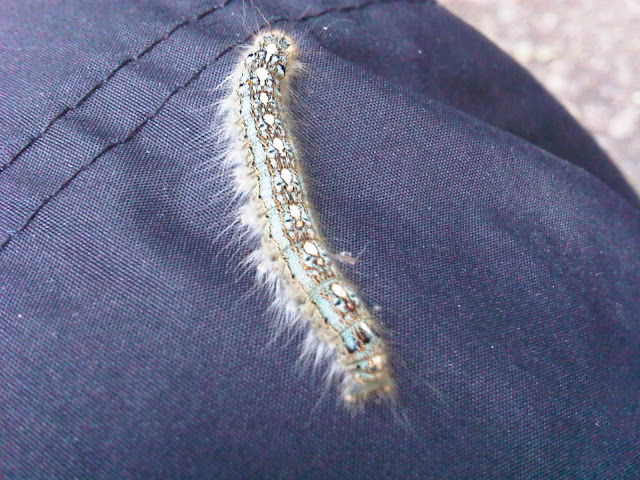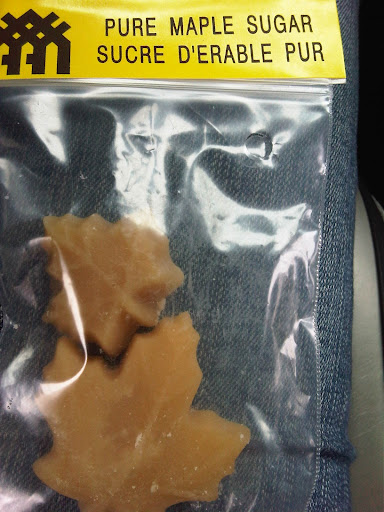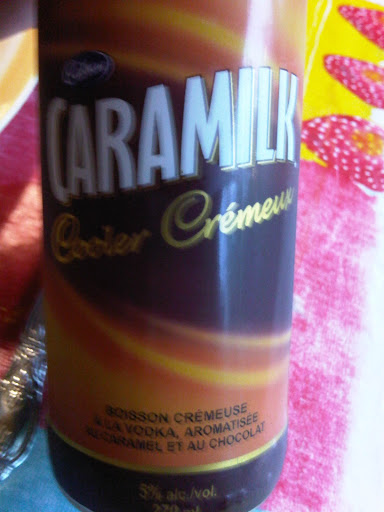Blasting past traditional expectations, there have been many things that have excelled not because they met up with typical standards, but because they found other ways to excell. When Las Vegas was dragging by catering only to the gamblers, they opened their services up to be family friendly. When Dodge fell behind in the sports car market while Ford had it’s Mustang and Chevy had it’s Corvette, they developed the Dodge Stealth, and later the incredibly prestigious Dodge Viper. Midwest airlines (now Frontier airlines) stood out from the pack by offering more comfortable seats and warm chocolate chip cookies. Every successful business evaluates what they have to offer and promotes that aspect. Today I visited two natural resources, each that have successfully used the resources they have to cater to their consumer.
Niagara Cave is located in the Southeast of Minnesota, near a small town called Harmony. It was discovered when a couple pigs went missing through a small sink hole, and was opened for tours later after some cavers negotiated the land use with the farmer. Niagara Cave isn’t highly decorated with speleothems, but it’s very tall, canyon-like passages actually encompass a full 4 geologic formations. Three of them you experience up close on the tour, and a fourth lays at the bottom of a stream at the end of the tour.
The passages can be enormously tall, at one point we were standing 150′ below ground, the cave being a full 110 feet tall (leaving only 40 feet of rock and soil between the passage and the surface). The limestones are full of fossils, ranging from gastropods to cephalapods to sponges and trilobites. Many of them you can see up close on the tour and I was able to get some decent pictures of them.
While I prefer to see dense forests of speleothem development in caves, Niagara Cave was a real treat because of it’s tall, narrow passages. They light the areas smartly, showing off the nature of this cave as the passages follow the natural jointing in the limestones. The cave is privately owned, but it is obvious that the owners pride themselves in keeping the tours educational and as accurate as possible. My tour guide was informative, and everyone at the place seemed to know what formations and ages the cave was within off the top of their heads.
After my tour of Niagara Cave I decided to head as far West as i could to make my drive shorter. I had picked up a state park guide from the Minnesota welcome center and put my target on Blue Mounds State Park in the Western portion of the state. It had a big buffalo neat to the description, so it seemed like a good place to be. I love those fuzzy bovines.
Blue Mounds State Park turned out to be a real gem. The park has a lot to offer, sitting in the high prairie with ranged of bison, but probably seemed a little lack luster to the campsites nearby that boast sites like the Badlands, the mountains and other wonders. They have done wonderful things to make the park even more attractive. First, it has many handicap-accessible campsites and bathrooms/showers. The fire pits are in great shape, and every campsite is incredibly clean. The best part, I have to say, is probably the shower house.
Every shower is in it’s own, lockable room- Which is wonderful for someone like me who is traveling alone and has some serious security issues. I hate feeling like some punk kid might be trying to grab my stuff from the bench outside my shower curtain. These showers alleviate this stress. They also have sky lights to cut down on lighting costs, the lights are on a sensor, the shower is a water saver as it is a button that you push that gives you a little over a minute of water at a time, and it is clean and nicely decorated with cedar wood.
I was smart enough to pack up camp before I took my shower, because a severe thunderstorm rolled through the area right as I finished showering. I decided to hang out in my shower room for a while, knowing the camp was near empty and I wouldn’t be inconveniencing anyone, and needing to charge my camera battery and phone in the outlet. The storm was mighty outside, and even made the water in the shower turn on all by itself when it struck something nearby, but the shower room was comfortable.
It was actually hard for me to leave Blue Mounds State Park campground, but today I would be heading to the western limits of South Dakota to Custer State Park, when two friends of mine would be meeting up with me tomorrow morning. Ahh, the big open west where you can see miles of uninterruppted wilderness- and some company to make it even better.
-Nicole













